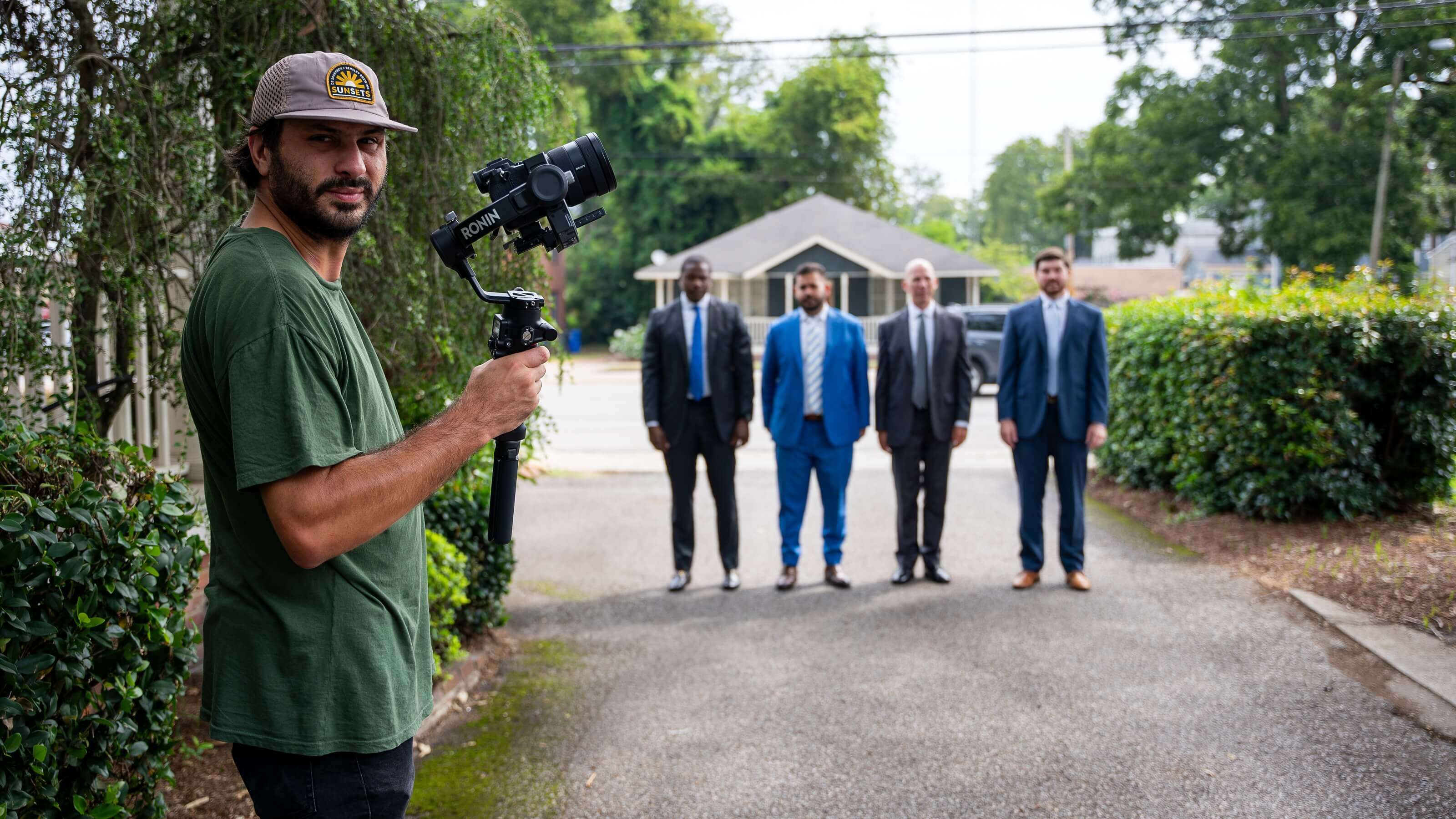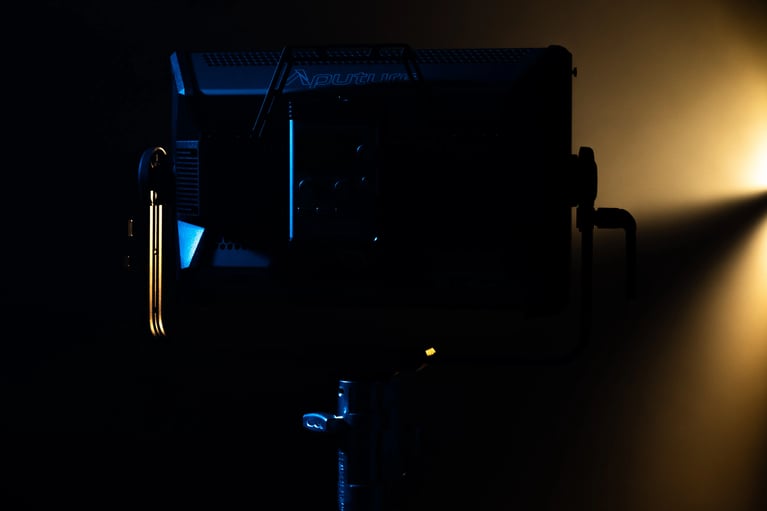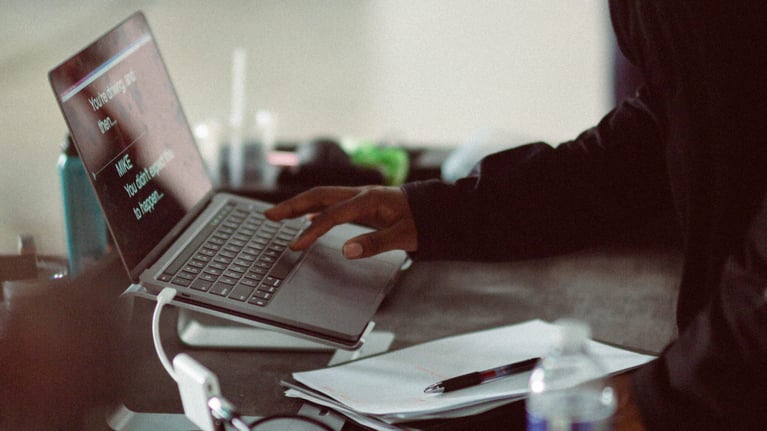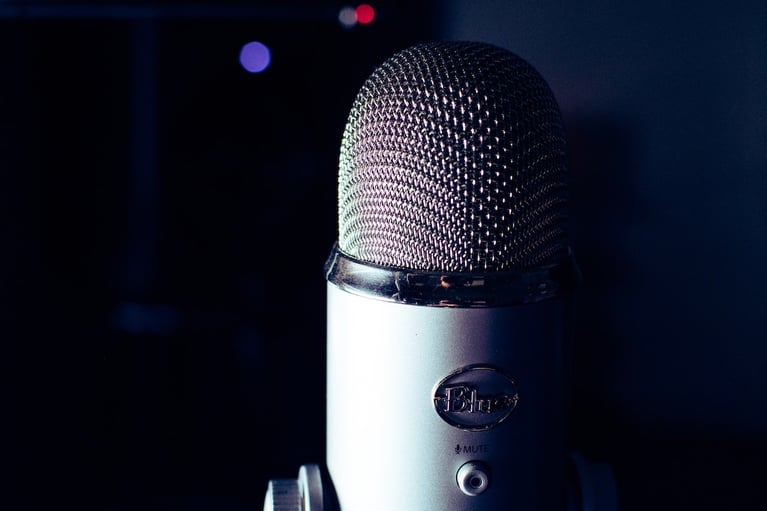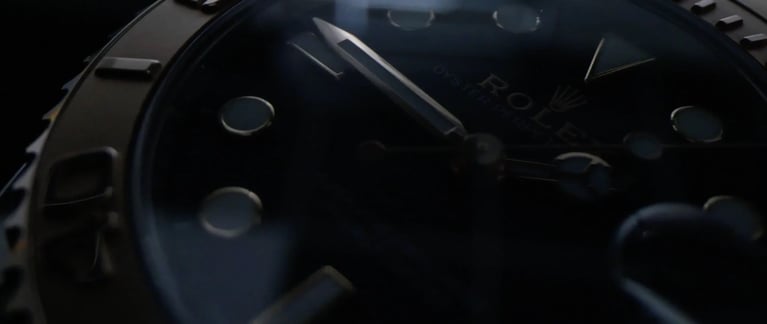The world of filmmaking is a canvas of visual storytelling, and one of the first brushstrokes a director can make to set the cinematic scene is the "establishing shot." Understanding this crucial component can significantly impact the effectiveness of a narrative. In this engaging post, we'll dive into what an establishing shot is, its role in video production, and how to craft one that captivates audiences from frame one.
Whether you are an aspiring cinematographer, a film enthusiast trying to grasp the language of cinema, or a seasoned director looking for a refresher, this post will guide you through the art of the establishing shot.
What Is an Establishing Shot?
An establishing shot is typically the first shot of a new scene, designed to provide the audience with a context of time and place that sets the stage for the narrative that unfolds thereafter. It helps viewers orient themselves in the film's geography and understand where the next portion of the story will take place.
When done correctly, an establishing shot is both informative and aesthetic, offering a window into the world of the characters and a canvas on which the story will be painted.
The Role of the Establishing Shot in Storytelling
Contrary to what one might assume, an establishing shot is not just about geographic orientation. It can set the tone, mood, and foreshadow events yet to unfold in a film's story. It is a potent tool for storytelling that, when paired with the right music and context, can evoke emotions and build anticipation.
For instance, a somber establishing shot of a rain-drenched cityscape can immediately communicate a sense of gloom and foreboding, or a serene shot of dawn breaking over a mountain range can inspire a feeling of hopefulness.
Also Read - What is Brand Video?
Crafting an Impactful Establishing Shot
When it comes to creating your establishing shot, a few key factors will ensure it is both aesthetically pleasing and narratively effective:
- Composition: Like any good photograph, your establishing shot should have a well-thought-out composition that guides the viewer's eye and highlights the important aspects of the scene.
- Duration: It should be long enough to allow the viewer to take in the important details, but not so long that it slows down the pace of your film.
- Relevance: The shot should be relevant to the scene that follows, providing the necessary information without including superfluous details.
- Visual Harmony: The shot should also be in visual harmony with the rest of the scene — an abrupt change in color grade, for example, can be jarring unless it is intentional and serves the story.
Establishing Shot Examples
Throughout the history of cinema, some establishing shots have stood the test of time, becoming iconic in their own right. Movies like "The Shining" with its haunting aerial shots or "Amélie" with its quaint portrayal of Parisienne life provide excellent studies on how establishing shots can be masterfully executed.
Example 1: The Urban Landscape
Imagine the opening scene of a film where the camera flies over a bustling metropolitan city before sunrise. The skyscrapers stand like silent giants waiting for the day to begin. This type of shot not only sets the location but also the scale and pace of the urban life that the characters inhabit.
Example 2: The Lonely House
A single house stands at the edge of a vast field, its lights aglow against the encroaching dusk. This shot may set up a more intimate narrative, potentially isolating the characters in a sea of open space, hinting at themes of solitude or independence.
Conclusion
An establishing shot can be seen as the opening sentence of a new chapter in your visual story. It can immediately ground your audience in the world you've created and prepare them for the journey ahead. Its execution involves a blend of technical skill and artistic intuition, both of which develop with experience and study.
Perfecting the establishing shot is a rewarding challenge that can elevate a film from just good to visually arresting and narratively engaging. As an exercise in creativity, film professionals and enthusiasts alike can benefit from regularly analyzing and critiquing the use of establishing shots in well-known films and practicing in their own projects.
Remember to weave context, mood, and narrative effectively into each establishing shot, and your film will likely resonate more deeply with your audience. Now, take your camera, find your perfect opening frame, and establish the scene that sets the tone for your film masterpiece.

